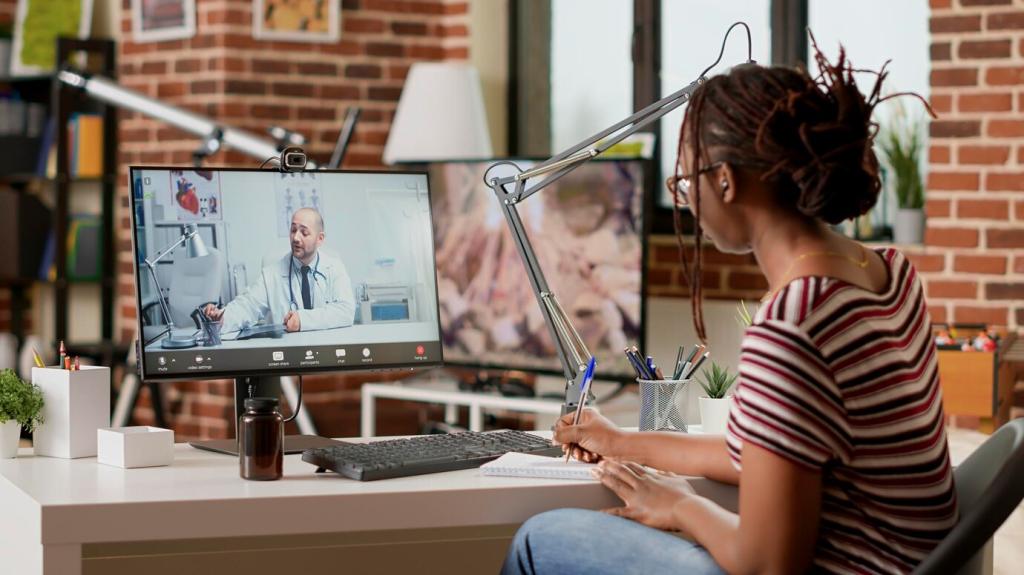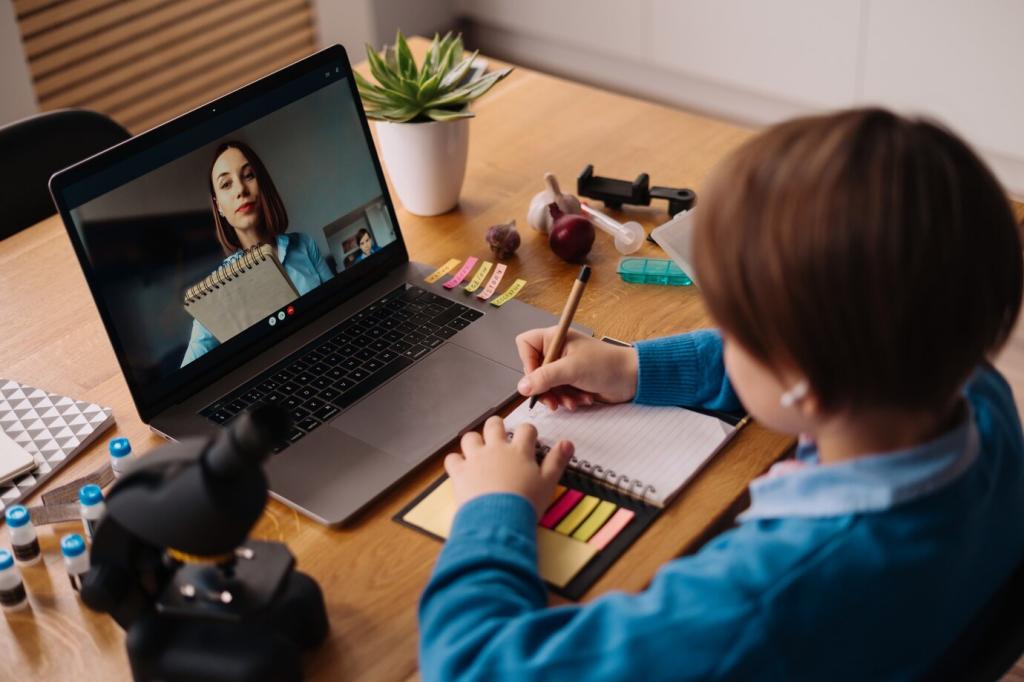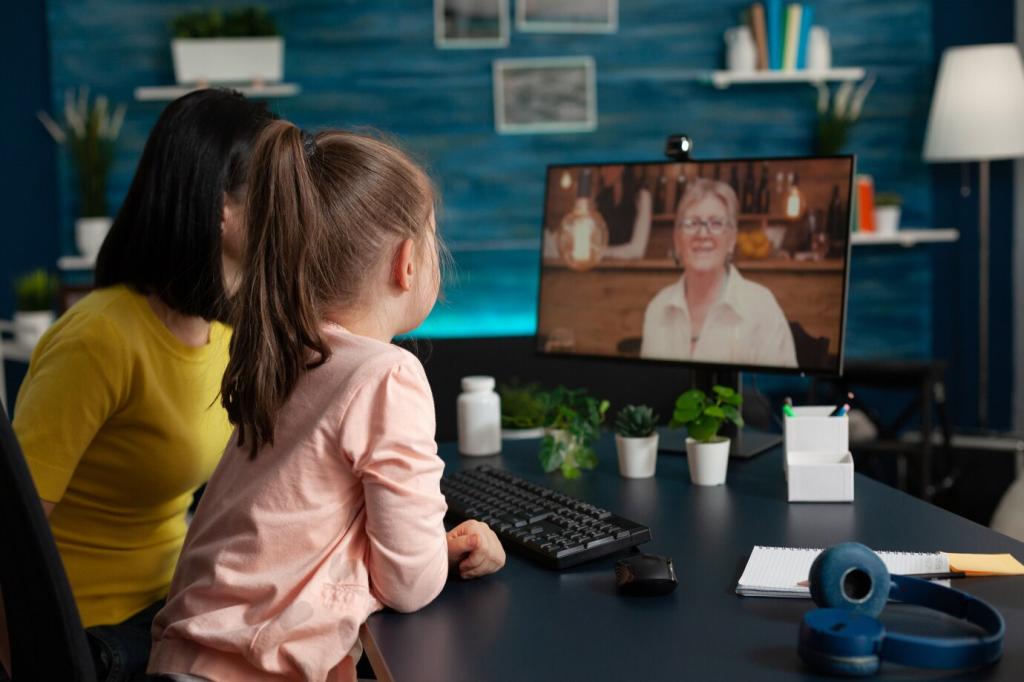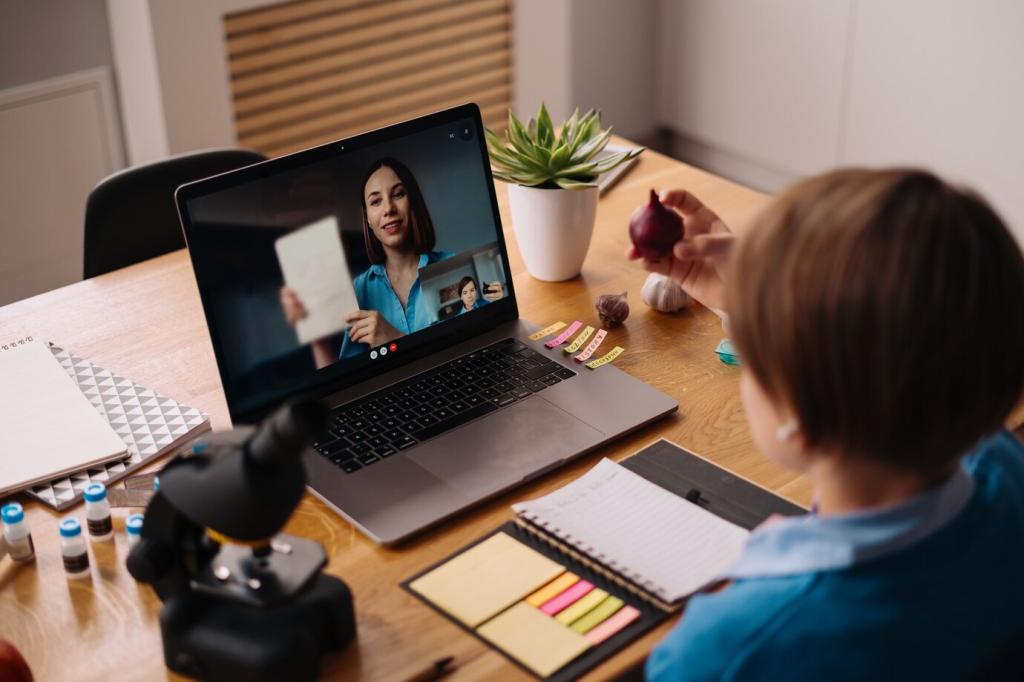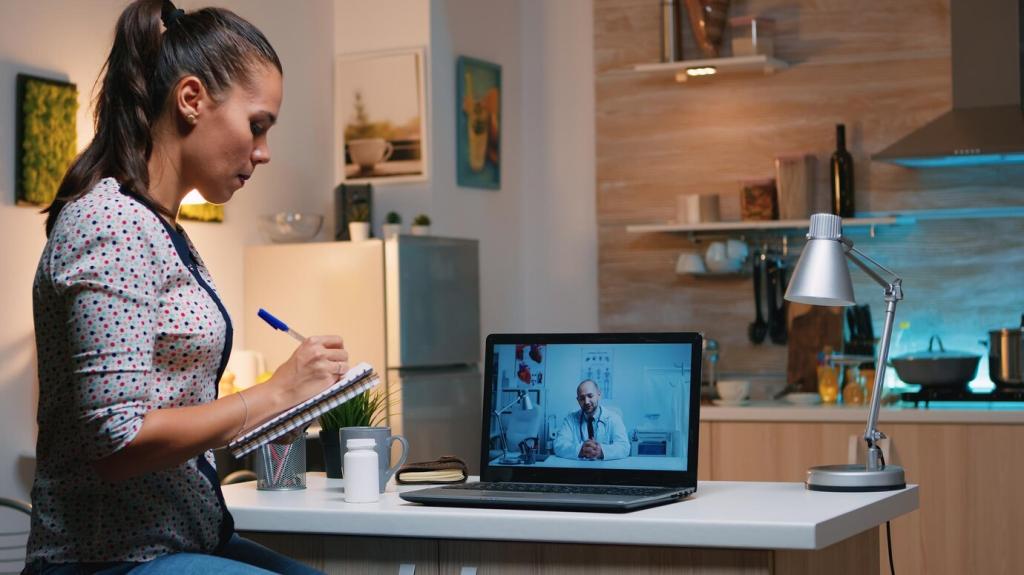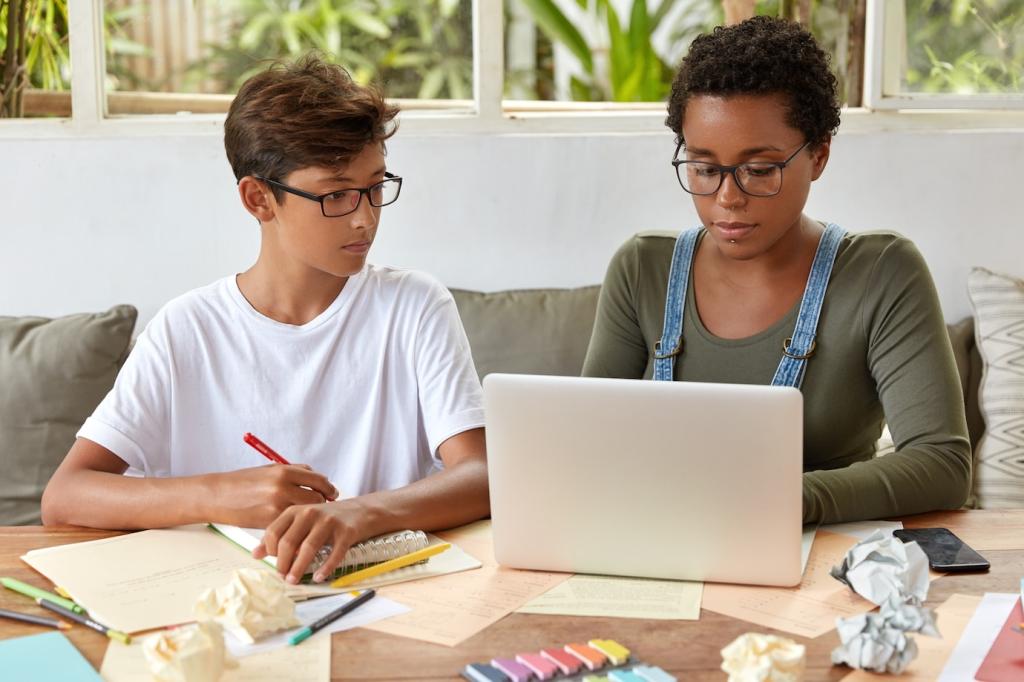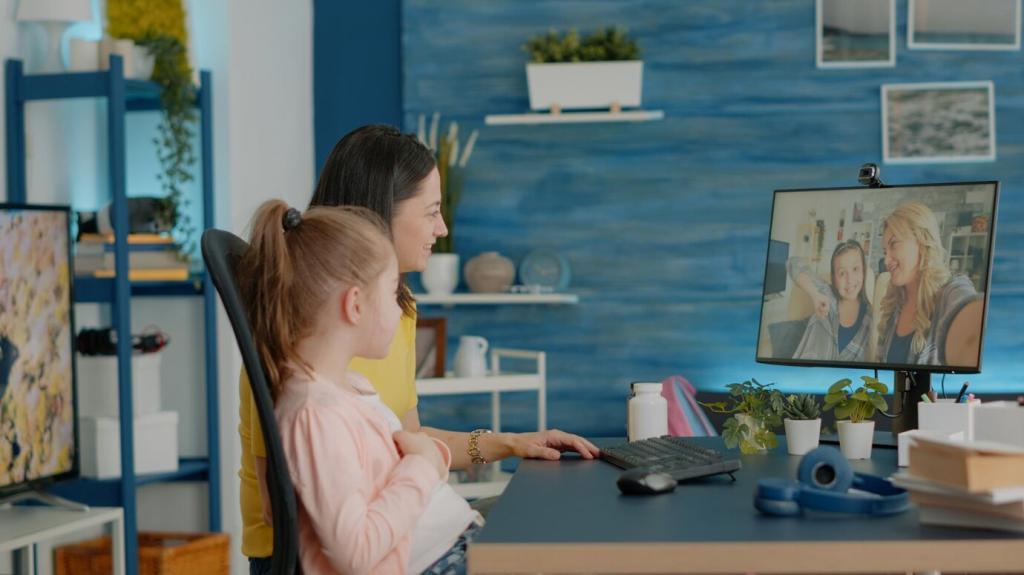Navigating Conflict and Sustaining Momentum
Teach a simple script: describe impact, ask for perspective, propose options, agree on a test. Document decisions in the shared hub. Knowing the path reduces avoidance and keeps projects moving forward.
Navigating Conflict and Sustaining Momentum
Use quick anonymous polls to spot bottlenecks. If energy dips, swap formats: more breakout labs, fewer long lectures. Share your best momentum-boosting activity so other readers can try it next week.

